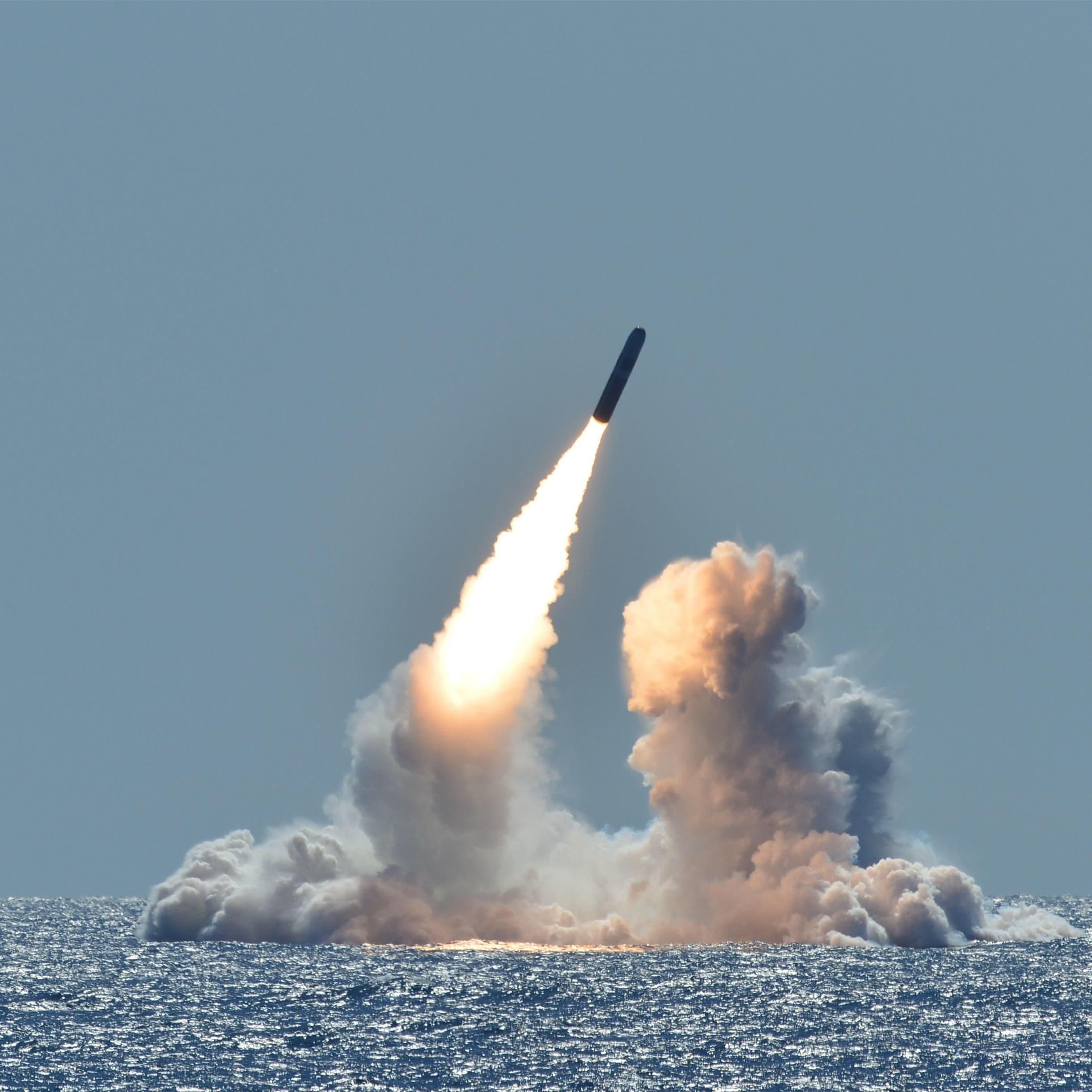What is Halbach Arrays?
How it works:
Key benefits:

Types of Halbach Arrays
There are two main types of Halbach Arrays, each with a different geometry and application: linear and cylindrical.
1. Linear Halbach Array
Description: This type involves a flat, one-sided arrangement of magnets.
Structure: The magnets are arranged in a row, with the magnetic field direction rotating by 90 degrees from one magnet to the next.
Magnetic field distribution: The magnetic field is enhanced on one side of the array and minimized on the opposite side.
 Applications:
Applications:
Magnetic levitation systems (like maglev trains)
Particle beam focusing
Eddy current brakes
Example of a Linear Halbach Array:
If you have five magnets, their orientations could be:
North facing up
North facing left
North facing down
North facing right
North facing up
This arrangement creates a strong magnetic field on the top side and a weak or almost non-existent field on the bottom.
2. Cylindrical Halbach Array
Description: In this type, the magnets are arranged in a cylindrical shape, with the magnetic field concentrated on the interior (or exterior) of the cylinder.
Structure: The magnetic poles are rotated in a similar manner to the linear array, but arranged around the circumference of a cylinder.
Magnetic field distribution: The magnetic field is concentrated inside (or outside) the cylinder, depending on the configuration.
 Applications:
Applications:
Electric motors and generators
Magnetic bearings
Rotating systems where a strong, focused field is needed inside or outside the cylinder
Example of a Cylindrical Halbach Array:
Imagine placing magnets around the outer edge of a circle (cylinder), where the magnetic field rotates smoothly around the surface, concentrating the field inside the cylinder.
How to choose the right Halbach Array?
Application Type
- Linear Motion or Flat Surfaces: use a Linear Halbach Array. Best for applications like magnetic levitation (maglev trains), eddy current brakes, and linear actuators. The linear array enhances the magnetic field on one side while minimizing it on the other, which is useful when you need to concentrate the magnetic force in a specific direction.
- Rotating Systems: use a Cylindrical Halbach Array. Ideal for motors, generators, or applications involving rotating parts where the magnetic field needs to be focused either inside or outside a cylinder. This array provides a strong, uniform magnetic field inside (or outside) the cylinder, improving efficiency in these types of systems.
Desired Magnetic Field Focus
- Single-Sided Magnetic Field: if you want the magnetic field concentrated on one side of the array, use a Linear Halbach Array. This is great for systems where you want to minimize magnetic interference or avoid wasted energy on the opposite side.
- Concentrated Magnetic Field Inside or Outside a Cylinder: choose a Cylindrical Halbach Array if your design needs a focused field inside (for motors or magnetic bearings) or outside the cylinder (for shielding or particle accelerators).
Strength and Uniformity of Magnetic Field
- Linear Halbach Arrays: produce a strong and uniform magnetic field on one side, which is useful for applications where the magnetic field needs to be focused in a linear path.
- Cylindrical Halbach Arrays: create a strong and more uniform magnetic field around a rotating axis or cylindrical surface. If the application requires high uniformity and strength within a cylindrical space (e.g., MRI machines or specialized motors), this is the better choice.
Size and Shape of the System
- Smaller, Compact Systems: cylindrical Halbach Arrays are often preferred in smaller, compact systems like motors or scientific instruments because they offer a more uniform and focused magnetic field within a small volume.
- Larger, Flat Systems: linear Halbach Arrays are better for larger systems with extended surfaces or those that need directional magnetic fields, such as magnetic levitation or braking systems.
Cost and Complexity
- Linear Halbach Arrays: simpler to construct and can be more cost-effective, especially for systems that don’t need a perfectly uniform field or involve fewer magnets.
- Cylindrical Halbach Arrays: more complex and may require precise alignment and assembly, making them slightly more expensive. However, they offer better magnetic performance in rotating or cylindrical applications.
Magnetic Shielding Needs
- Linear Halbach Arrays: provide good shielding on the side where the magnetic field is minimized, which can be helpful when preventing magnetic interference with nearby electronics.
- Cylindrical Halbach Arrays: can be designed to focus the field inward or outward, providing natural shielding on the opposite side. This is useful in environments where magnetic containment is necessary.
Summary of Key Factors:
- Linear Halbach Array: best for linear motion applications, magnetic levitation, and when you need a single-sided magnetic field.
- Cylindrical Halbach Array: ideal for rotating systems like motors and generators, where a strong, uniform field inside a cylindrical space is required.







